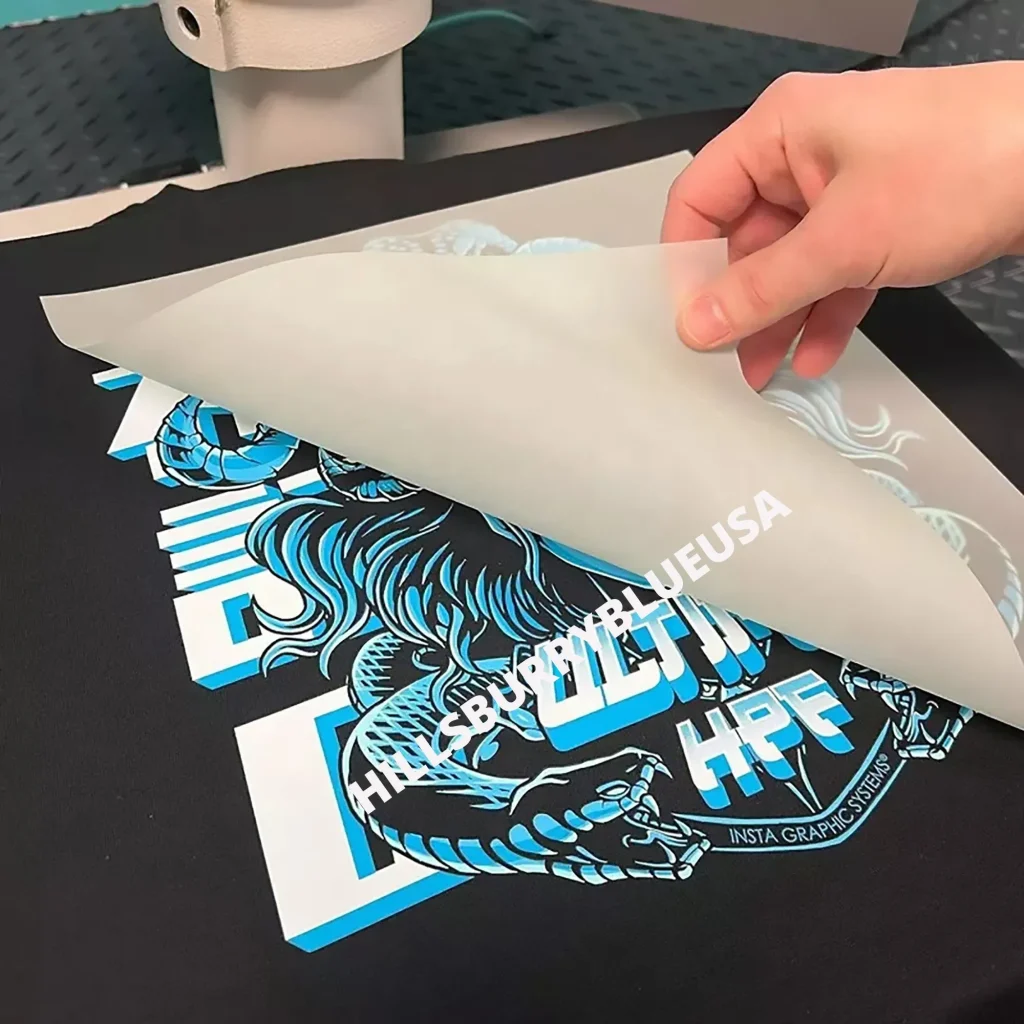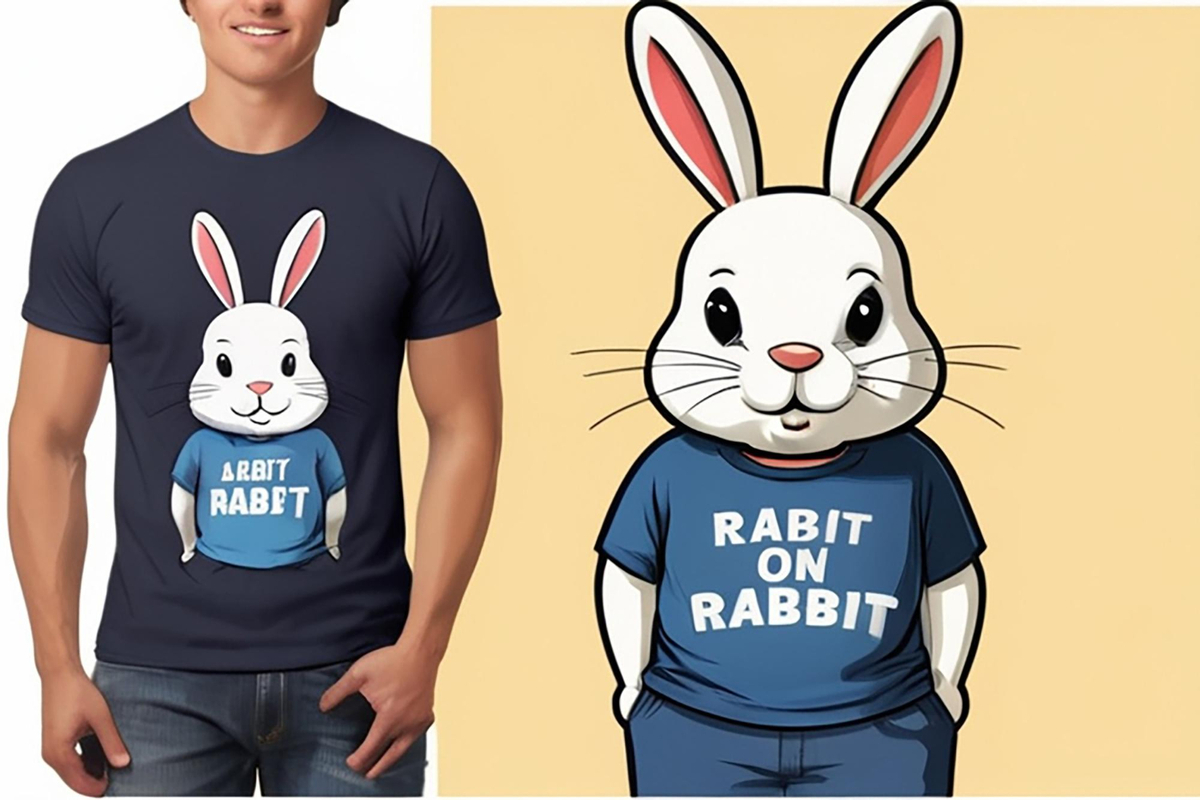In the ever-evolving world of fashion and customization, DTF transfers, or Direct-to-Film transfers, are quickly becoming a game changer in the realm of fabric design. This innovative printing technology enables creators to produce vibrant and intricate designs that can be applied to almost any type of textile, making it a favored choice among designers and small businesses. With the use of eco-friendly methods at the forefront of modern practices, sustainable printing has never been more accessible. DTF printing not only enhances creativity but also offers versatility and durability, allowing designs to maintain their quality even after multiple washes. Join us as we explore the tips and tricks to mastering DTF transfers and uncover how they are transforming the printing landscape.
Direct-to-Film transfers, often referred to as DTF printing, represent a remarkable advancement in the design and application of prints on fabric. This method employs a unique heat transfer technique that opens up new avenues for artistic expression, revolutionizing how designs are produced. By leveraging heat press techniques, creators can achieve stunning results with flexibility in fabric choice that traditional methods lack. The integration of environmentally-friendly practices within this process also speaks to the growing demand for sustainability in fashion. Prepare to dive into an exploration of DTF technology, uncovering its benefits for both small-scale and large-scale production.
Exploring the Technology Behind DTF Transfers
Direct-to-Film transfers, or DTF transfers, are a groundbreaking innovation in the printing industry. This method involves printing high-quality designs onto a specially coated film, which can then be heat-pressed onto textiles. This seamless transfer technique allows for vibrant colors and intricate details that stand out on various fabric types, making it a favorite among fashion designers and custom apparel brands. The flexibility of DTF printing opens doors for creative expression, enabling designers to experiment with different styles and concepts without the limitations imposed by traditional printing methods.
Understanding the underlying technology is crucial for anyone looking to excel in DTF printing. The ink used in DTF processes is specially formulated to adhere superbly to the film and fabric, ensuring a long-lasting bond when heat is applied. Proper knowledge of both the printing and pressing phases significantly impacts the final appearance and durability of the print. This combination of technological advancement and artistic innovation is what makes DTF transfers a vital tool in today’s competitive design landscape.
Benefits of Using DTF Transfers for Custom Fabric Designs
DTF transfers offer an array of benefits for those involved in custom fabric design. One of the primary advantages is their compatibility with different types of textiles. Whether working with cotton, polyester, or blends, DTF technology ensures that the designs maintain their integrity and vibrancy regardless of the fabric choice. This versatility can be a game-changer for small businesses and independent designers seeking to expand their product range without investing in multiple printing techniques.
Moreover, DTF printing is known for its cost-effectiveness, especially in small-batch productions. Unlike traditional printing methods that often require extensive setup and large orders to be financially feasible, DTF allows for on-demand printing with minimal waste. This aspect is particularly appealing to eco-conscious designers aiming for sustainable printing solutions, thus aligning well with the growing demand for environmentally friendly approaches in the fashion industry.
Mastering Heat Press Techniques for DTF Transfers
Heat press techniques are crucial for achieving the best results when working with DTF transfers. Carefully monitoring the temperature and pressure settings is essential; too little heat may result in poor adhesion, while excessive heat can damage the fabric and the design. Maintaining a consistent temperature, usually between 320°F and 330°F (160°C to 165°C), is recommended for optimal bonding without compromising fabric quality.
In addition to temperature, the dwell time—the duration the heat is applied—plays a vital role in the transfer success. Using a quality heat press that provides consistent pressure across the entire surface area can also dramatically improve the results. By mastering these techniques, designers can ensure that their DTF transfers not only look great upon application but also stand the test of time during wear and washing.
Sustainable Practices in DTF Printing
Sustainability is increasingly becoming a focus in the fashion and printing industries, and DTF printing is at the forefront of this shift. Many manufacturers are adopting eco-friendly practices by utilizing water-based inks and reducing waste during the printing process. This commitment to sustainability resonates well with consumers who consider the environmental impact of their purchases, thereby enhancing brand loyalty for businesses that prioritize green practices.
Incorporating sustainable materials and processes into DTF printing aligns perfectly with the growing trend of conscious consumerism. Designers can not only create beautiful and customized clothing but also contribute positively to environmental efforts. By leveraging sustainable practices in fabric design and production, brands are setting a standard for a less detrimental impact on the planet while still delivering high-quality products to their audience.
Navigating Challenges in the DTF Printing Market
While the DTF printing market presents numerous opportunities, it is not without its challenges. Competition among printing services is fierce, requiring businesses to maintain high standards in their production processes to differentiate themselves. Consistency in the quality of prints can be particularly daunting, as small fluctuating variables during the printing or pressing phases can lead to significant discrepancies in the final product.
Furthermore, staying ahead of market trends is essential for success in DTF printing. Designers must continually evolve their offerings and capabilities, often investing in new technologies and techniques to meet changing consumer preferences. By being proactive in addressing these challenges, businesses can cultivate a strong presence in the growing DTF market and establish themselves as industry leaders.
Harnessing Design Trends in DTF Printing
Keeping abreast of design trends is crucial in the ever-changing landscape of fashion and DTF printing. Fashion is a dynamic industry where colors, patterns, and styles constantly evolve. Designers who remain informed about the latest trends can leverage this knowledge to create unique and appealing designs that resonate with their target audience. Engaging with fashion blogs, attending industry events, and networking with fellow creators can provide valuable insights into what’s currently in vogue.
In addition to staying trendy, it’s essential to adopt a forward-thinking approach to design. By predicting future trends and incorporating them into design concepts early, designers can set themselves apart and attract a loyal customer base seeking fresh and innovative prints. This proactive approach amplifies the potential for success in DTF printing, allowing designers to maximize their creative output while staying relevant in a competitive market.
Frequently Asked Questions
What are DTF transfers and how do they work?
DTF transfers, or Direct-to-Film transfers, involve printing vivid designs onto a specialized film that can be heat-pressed onto a variety of fabrics. This method allows for high-quality, intricate designs without limitations based on fabric type or color, making it a versatile choice for fashion and fabric design.
What fabrics are best suited for DTF printing?
DTF printing is highly flexible and can be applied to a wide range of fabrics, including cotton, polyester blends, and some synthetics. However, it’s essential to test your designs on the specific fabric to ensure that heat and pressure will yield the best results during the heat press process.
How can I achieve vibrant colors in my DTF transfers?
To achieve vibrant colors in your DTF transfers, use high-quality inks and films specifically designed for DTF printing. Properly setting the heat press temperature between 320°F and 330°F (160°C to 165°C) and making sure to optimize pressure settings are also crucial to enhance color fidelity and durability.
Are DTF transfers an eco-friendly printing option?
Yes, DTF transfers can be considered a sustainable printing option as many manufacturers utilize water-based inks and eco-friendly practices. By choosing environmentally-friendly materials and improving production processes, designers can minimize waste and contribute positively to sustainable printing.
What are the common challenges faced with DTF printing?
Common challenges in DTF printing include fierce market competition and the need for consistent quality control. Ensuring that you maintain high standards of production and continuously innovate your designs are vital to standing out in the fast-paced fashion landscape.
What tips can improve my DTF transfer designs?
To improve your DTF transfer designs, familiarize yourself with the DTF printing process, select the right fabric carefully, and optimize your heat press settings for temperature and pressure. Utilizing quality adhesives and staying updated on design trends can also further enhance your creation process.
| Key Point | Description |
|---|---|
| What are DTF Transfers? | DTF transfers involve printing designs onto special film that can be heat-pressed onto textiles, offering flexibility across different fabric types and colors. |
| The Rise in Fashion | DTF technology allows for detailed designs, cost-effective production, and benefits both large brands and small businesses. |
| Tips for Effective Design | Understand the printing process, choose the right fabrics, optimize heat settings, utilize quality adhesives, and stay updated on trends. |
| Sustainability in DTF | DTF printing is leaning towards eco-friendly practices, using water-based inks and sustainable materials. |
| Challenges in the Market | There is fierce competition, and maintaining production quality is essential for businesses. |
Summary
DTF transfers are revolutionizing the world of fabric printing, providing unparalleled design flexibility and quality. This innovative method allows designers to create unique and intricate images on a variety of textiles, making it an essential tool for both small businesses and established fashion brands. With a focus on important techniques, fabric selection, and sustainability, DTF transfers not only enhance creative possibilities but also promote environmentally-conscious practices in the fashion industry. As trends continue to evolve, staying informed and adaptable will ensure success in leveraging the full potential of DTF transfers.



